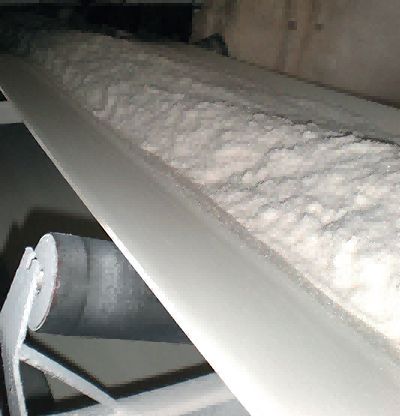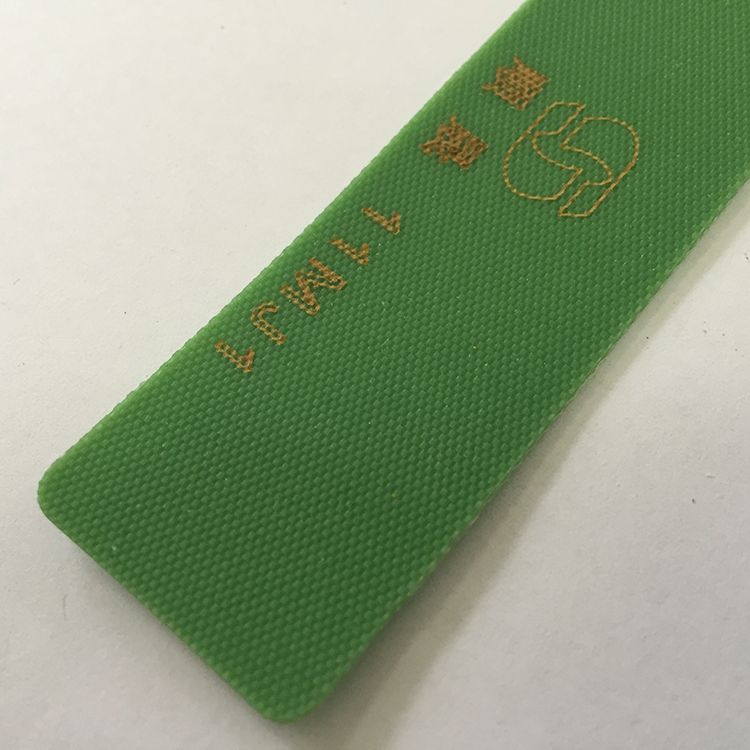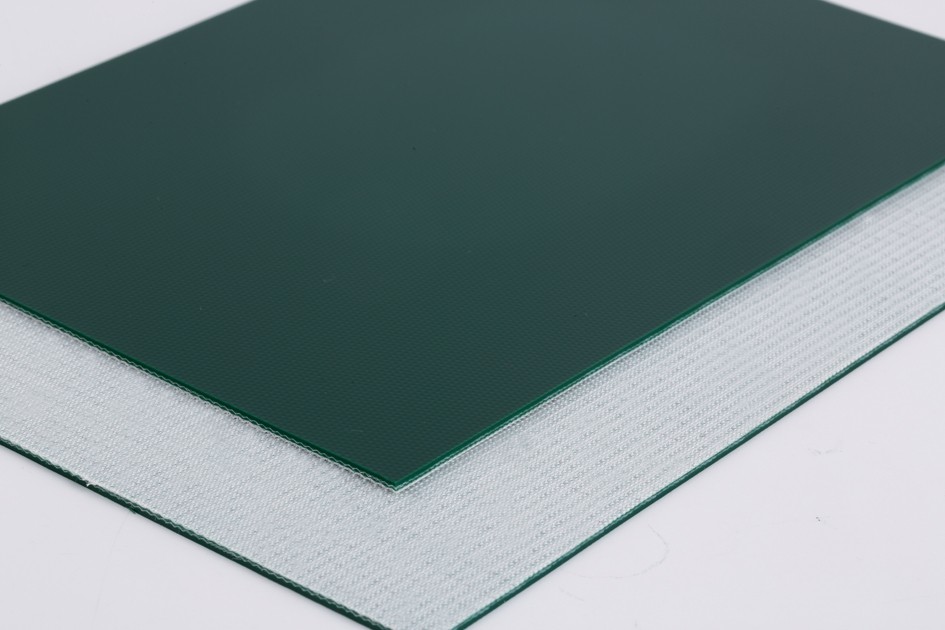Introduction
Conveyor belting plays a crucial role in various industries, facilitating the seamless movement of goods and materials. The choice between PVC and PU conveyor belting is a critical decision that directly impacts the efficiency and performance of conveyor systems. In this article, we will delve into the key factors that help in making an informed decision when choosing between PVC and PU conveyor belting for specific applications.

Characteristics of PVC Conveyor Belting
PVC, or polyvinyl chloride, is a popular material for conveyor belting with distinct properties. It is known for its durability, flexibility, and resistance to chemicals. PVC conveyor belting is commonly used in industries such as manufacturing, food processing, and logistics. The material composition and properties of PVC make it suitable for a wide range of applications.
Advantages of PVC conveyor belting include its excellent tensile strength, abrasion resistance, and resistance to moisture. PVC belts are also cost-effective and offer a reliable solution for many conveyor applications. However, it’s essential to be aware of the limitations and considerations associated with PVC conveyor belting, such as its susceptibility to temperature extremes and potential for brittleness in cold conditions.
Characteristics of PU Conveyor Belting
PU, or polyurethane, is another widely used material for conveyor belting. PU conveyor belts are known for their high resistance to abrasion, oil, and chemicals. The material’s flexibility, combined with excellent mechanical properties, makes it suitable for various conveying applications. PU conveyor belting is often preferred in industries such as automotive, packaging, and textiles.
Advantages of PU conveyor belting include its resistance to wear and tear, flexibility, and suitability for applications with high-speed conveying. PU belts also offer better resistance to oils and chemicals compared to PVC. However, like PVC, PU conveyor belting has its own set of limitations, including potential degradation when exposed to high temperatures.
Factors Influencing Choice
Choosing between PVC and PU conveyor belting requires a careful assessment of various factors to ensure optimal performance for the specific application.
Application-specific requirements: Consider the nature of the materials being conveyed, the weight of the loads, and any specific challenges posed by the application.
Environmental considerations: Evaluate the operating environment, including temperature extremes, exposure to moisture, and the presence of chemicals or oils.
Operational conditions and demands: Analyze the speed, frequency, and overall demands of the conveyor system to determine the appropriate belting material.
Cost considerations: While both PVC and PU are cost-effective options, it’s essential to weigh the upfront costs against the long-term benefits and maintenance requirements.
Comparative Analysis
To make an informed decision, let’s conduct a side-by-side comparison of PVC and PU conveyor belting.
- Durability and Tensile Strength:
PVC: Known for its excellent tensile strength, providing durability in various applications.
PU: Offers comparable tensile strength, ensuring resilience and longevity under demanding conditions.
- Resistance to Abrasion
PVC: Resistant to abrasion, making it suitable for applications where materials may cause wear.
PU: Exhibits high resistance to abrasion, making it a preferred choice for industries with abrasive materials.
- Flexibility
PVC: Known for its flexibility, allowing it to conform to the shape of conveyor systems.
PU: Offers flexibility, enabling smooth conveying and adaptability to conveyor configurations.
- Resistance to Moisture
PVC: Susceptible to moisture, may not be suitable for applications where exposure to water is frequent.
PU: Generally resistant to moisture, making it suitable for applications where water exposure is a concern.
- Resistance to Chemicals
PVC: Resistant to a range of chemicals but may have limitations in specific environments.
PU: Exhibits high resistance to oils and chemicals, making it suitable for applications with chemical exposure.
- Temperature Range
PVC: Limited tolerance to temperature extremes, may become brittle in cold conditions.
PU: More resilient to temperature variations, suitable for applications with varying temperature ranges.
Case Studies
Examining real-world examples provides valuable insights into the successful applications of PVC and PU conveyor belting.
- PVC Conveyor Belting Case Study
In a manufacturing plant handling lightweight materials, PVC conveyor belting proved effective. The material’s flexibility allowed for easy integration into the conveyor system, and its abrasion resistance ensured longevity despite constant movement.
- PU Conveyor Belting Case Study
In an automotive assembly line where oil exposure was prevalent, PU conveyor belting demonstrated its superiority. The material’s resistance to oils and chemicals ensured a reliable conveyor system, reducing downtime and maintenance costs.
Decision-Making Process
Choosing between PVC and PU conveyor belting involves a step-by-step process to assess application needs.
- Step 1: Understand Material Characteristics
Evaluate the materials being conveyed and their impact on the conveyor belt.
Step 2: Analyze Environmental Factors
Consider temperature variations, moisture levels, and exposure to chemicals or oils.
- Step 3: Assess Operational Conditions
Determine the speed, frequency, and demands of the conveyor system.
- Step 4: Weigh Cost Considerations
Compare upfront costs, maintenance requirements, and long-term benefits.
- Step 5: Seek Expert Advice
Consult with conveyor belting experts for tailored recommendations based on specific requirements.
Conclusion
In conclusion, the choice between PVC and PU conveyor belting is a critical decision that requires careful consideration of various factors. Both materials offer distinct advantages, and the decision should be based on the specific needs and challenges of the application. By understanding the characteristics, advantages, and limitations of PVC and PU conveyor belting, businesses can make informed decisions that optimize conveyor system performance.
Recommendations
For industries with lightweight materials and flexibility requirements, PVC conveyor belting may be a suitable choice. On the other hand, for applications involving oils, chemicals, and abrasive materials, PU conveyor belting offers superior resistance and durability. It is crucial to consult with conveyor belting experts to receive personalized recommendations based on the unique requirements of each application. In the dynamic world of material handling, choosing the right conveyor belting material ensures the seamless flow of operations and contributes to overall efficiency and productivity.





